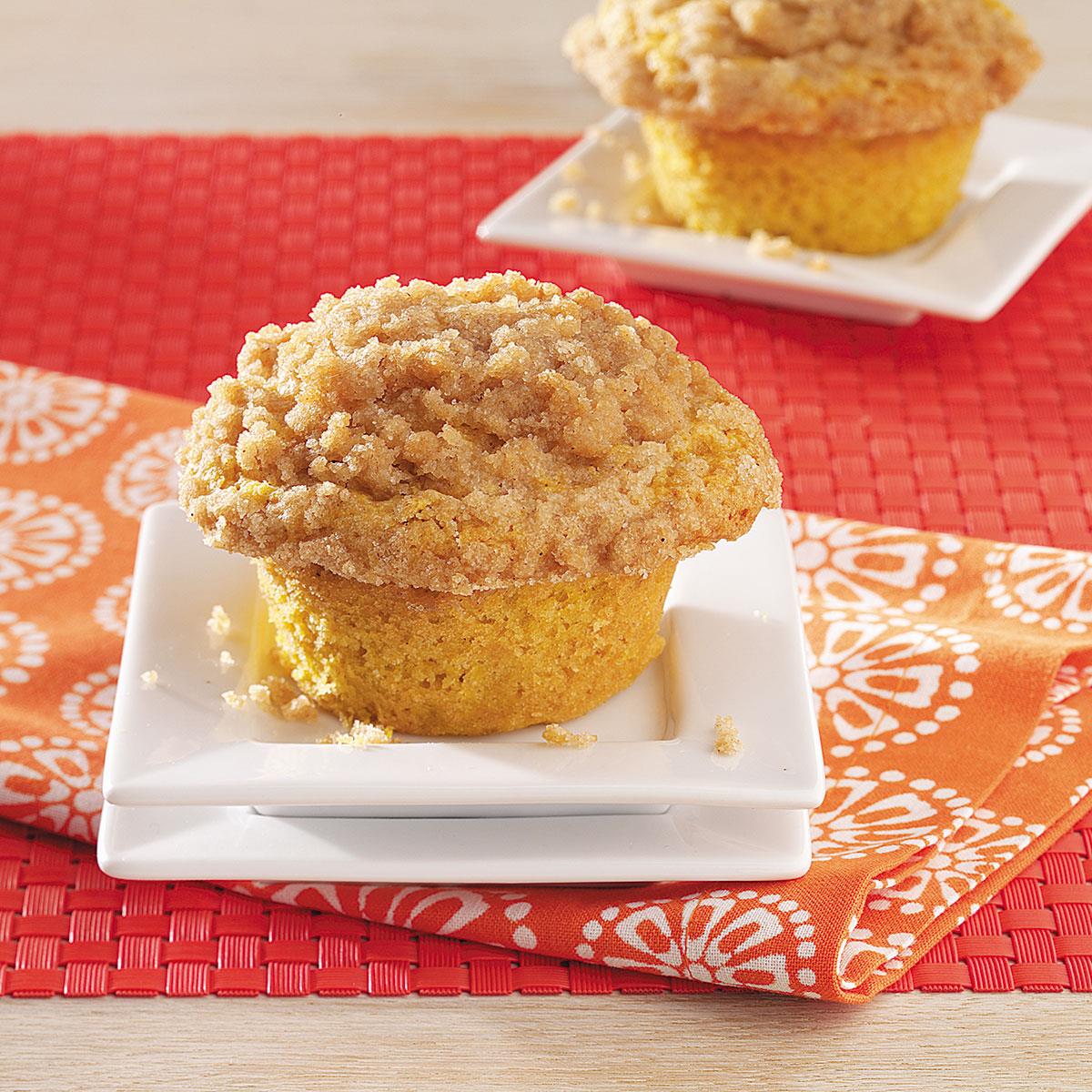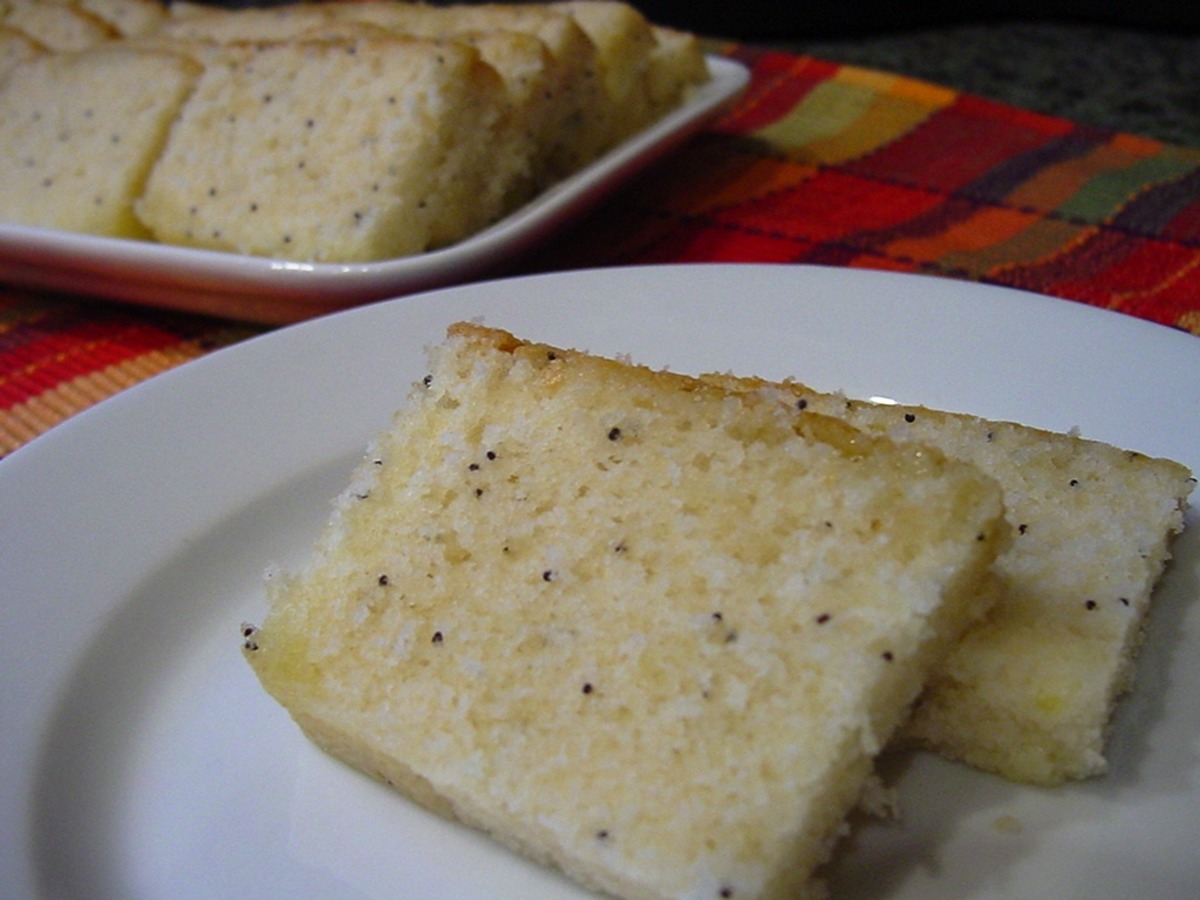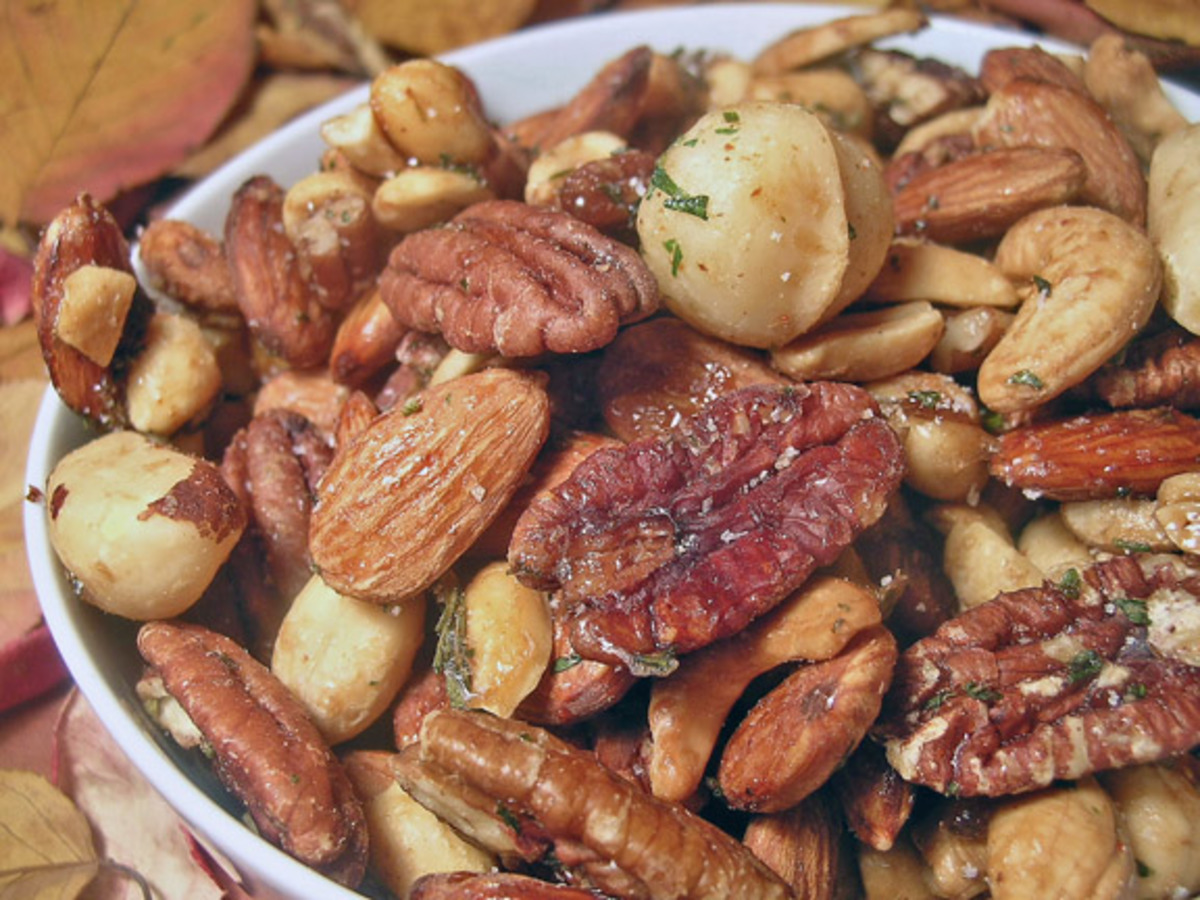Steps:
- In a large bowl, dissolve the yeast in 1 1/2 cups warm (105° to 115°F) water. Let stand until the yeast bubbles. Stir in the salt and half the flour. Let stand for 5 minutes, until bubbly.
- Stir in the rest of the flour a little at a time until a soft dough forms. If necessary, you may need to add more flour, a tablespoon at a time (depending on the climate: in warm, moist conditions, you'll need a bit more flour; in very dry, arid places, like Minnesota in the winter, you may need to add a bit more water).
- Cover, and let the dough stand for 15 minutes until it begins to rise.
- Turn out onto a very lightly floured board and knead until the dough is smooth and feels as if all the lumps of flour are gone.
- Place in a lightly greased bowl, cover, and let rise until doubled, about an hour.
- Divide the dough into three parts to make baguettes. Shape each into a long, narrow loaf. Place on a lightly greased, dark, rimless cookie sheet (not one that is insulated), with the smoothest side of the loaf up. Cover and let rise again for 45 minutes, until puffy.
- Position the oven racks on the very bottom, the center, and the upper center of the oven. Place a rimmed cookie sheet filled with lake or river rocks on the very bottom level. Preheat the oven at 465°F (regular bake) for at least 20 minutes. Center a baking stone or 6 unglazed tiles on the center rack (place the tiles 1 to 2 inches apart for air circulation).
- When the dough has risen until puffy, slash the loaves with a sharp, serrated knife diagonally across the top in three or four places, about 1/4 inch deep. Reduce the oven temperature to convection bake at 450°F. Using a spray bottle filled with plain water, spritz the loaves generously. Pour 3/4 to 1 cup cool water into the pan of rocks beneath (a sport water bottle works well).
- Bake on the center rack (on preheated tiles) for 15 minutes, until the loaves are browned and crusty. Remove the bread from the oven and cool on a wire rack.
- Alternate Mixing Directions
- Bread machine: Measure all the ingredients into the container of a bread machine and program the machine for the "dough" setting. When the dough is ready, continue with step 6.
- Food Processor: Measure the yeast and dry ingredients into the container of a food processor fitted with a steel blade. Turn the processor on and slowly add the water through the feed tube; process until the dough is smooth and shiny and pulls away from the sides of the bowl. Cover, and let rise until the dough is doubled.
- Sheaves of Wheat
- After rising (step 8), snip the loaves with scissors at a 45-degree angle, pulling each snipped piece outward on opposite sides so that the loaves resemble sheaves of wheat.
- Sun-Dried Tomato Baguettes
- Soak 1/2 cup julienned sun-dried tomatoes in hot water for 10 minutes. Drain well and pat dry. Knead into the dough in step 4. Proceed as directed.
- Kalamata Olive Loaf
- Pit and chop 1/2 cup well-drained Kalamata olives and add to the dough in step 4. Shape the dough into a round loaf and place on a lightly greased, dark, rimless (noninsulated) cookie sheet. Cover and let rise for 45 minutes, until puffy. Preheat the oven as directed in step 7. Before baking, slash the loaf diagonally with a serrated knife or razor blade across the top in three places. Bake at the temperature given in step 8 for 20 to 25 minutes or until crusty and browned. Cool on a wire rack.
- Walnut-Fig Loaf
- Chop 1/2 cup walnuts and 1/2 cup dried figs. Knead into the dough in step 4. Shape the dough into a round loaf and place on a lightly greased, dark, rimless (noninsulated) cookie sheet. Cover and let rise for 45 minutes, until puffy. Preheat the oven as directed in step 7. Before baking, slash the loaf diagonally with a serrated knife or razor blade across the top in three places. Bake at the temperature given in step 8 for 20 to 25 minutes or until crusty and browned. Cool on a wire rack.
- crusty rustic loaves
- There are a few important things involved in getting a crusty baguette or a rustic bread to turn out perfectly:
- First, the dough-it's a simple mixture of flour, salt, yeast, and water. It must be moist rather than dry and stiff. I've found that I can get beautiful results whether I mix the dough by hand, with a steel blade, in the food processor, or in the bread machine. The trick is to create a dough that is moist enough to form big bubbles inside so that the baked loaf has an open texture. Moistness also contributes to a crunchy, chewy crust.
- The second important thing is to produce steam in the oven. I do this by preheating a pan of 1-inch rocks on the bottom shelf of the oven. I use a 12 1/2 × 17 1/2-inch rimmed pan filled with river rocks or landscape rocks. To create the steam, I squirt about a cupful of water onto the hot rocks, creating a burst of steam after I place the loaves in the oven.
- Third, hot air in the convection oven circulates the heat and steam around the baking loaves to create a crunchy crust.
- Rustic loaves require stabilized high heat. This can be accomplished by preheating tiles in the oven (on a rack in the center) to mimic a brick oven. The tiles help to maintain a high heat. Plain unglazed tiles from a flooring supply store work well. You can also place a baking stone into the oven if you have one. A kit called the "Hearthstone" kit works beautifully but is expensive. Because it is sometimes difficult and messy to transfer loaves directly onto preheated tiles or stones, I simply place the shaped loaves on a dark, noninsulated, rimless cookie sheet to rise and then set the cookie sheet right on the preheated tiles to bake.
- If you do not have the pan of rocks or tiles, at least be sure to use a dark, noninsulated, rimless cookie sheet for baking the bread and spray the oven and risen loaves with plain water before and during baking. This does not produce as nice a crust as outlined in step 4 but is a good compromise.
Are you curently on diet or you just want to control your food's nutritions, ingredients? We will help you find recipes by cooking method, nutrition, ingredients...
Check it out »
#time-to-make #preparation #for-large-groups #healthy #low-fat #dietary #low-cholesterol #low-saturated-fat #low-in-something #number-of-servings #4-hours-or-less
You'll also love











Brett Field
[email protected]Can't wait to try this recipe!
Brynlee Hart
[email protected]This bread is perfect for sandwiches, toast, or just eating on its own.
Simul Hasan
[email protected]This recipe is a great starting point for making your own French bread.
Aareya Ansari
[email protected]I've made this bread several times and it always turns out perfectly.
MD Sohag Hossan
[email protected]This is the best French bread recipe I've ever tried!
Joe McKenna
[email protected]I'm not sure what I did wrong, but my bread turned out dense and heavy.
Mosesalpha
[email protected]The bread didn't rise as much as I expected, but it still tasted good.
Jean paul Trant
[email protected]Followed the recipe exactly and the bread turned out great.
Aisha Sitsapelane
[email protected]This recipe is a bit time-consuming, but it's worth the effort. The bread is so flavorful and delicious.
RIS 450
[email protected]I made this bread for a party and it was a hit! Everyone loved it.
Michael Angulo
[email protected]Just took my first bite and I'm in love! The flavor is amazing.
Foriwaa Sarah
[email protected]Easy to follow instructions and the bread turned out delicious! Thanks for sharing.
Sserwadda Brian
[email protected]This recipe is a keeper! The bread turned out perfectly - crusty on the outside, soft and chewy on the inside. I'll definitely be making this again.